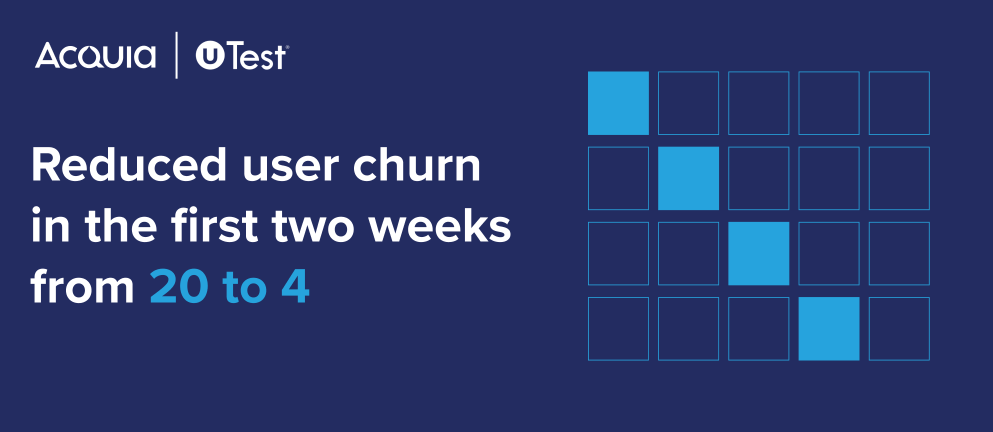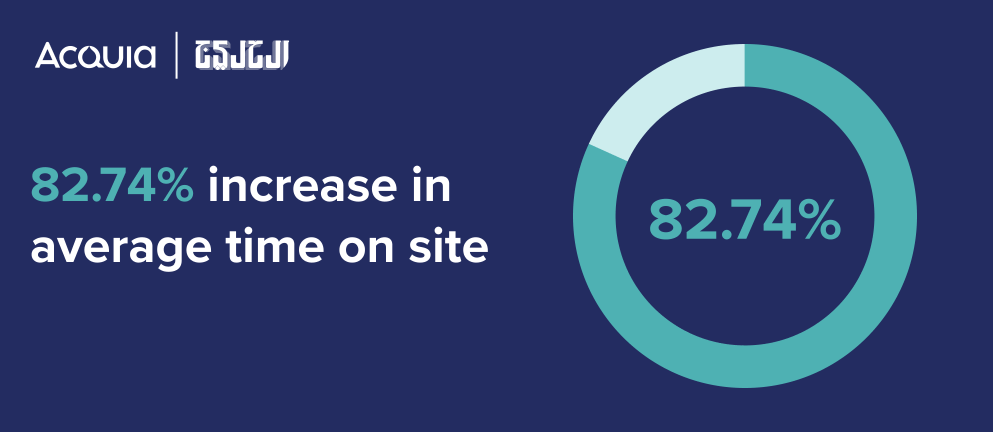
Making the Switch from Bronto to a New Marketing Platform

For almost two decades, marketing platform Bronto was like its namesake from the dinosaur family: larger than life. It had a huge user base, and its software was beloved by mid-market and enterprise organizations, especially those in the e-commerce sector. But like the dinosaurs of yesteryear, Bronto will become extinct on May 31, 2022, when the platform shuts down.
That closure leaves Bronto users in the lurch with little time to replace a familiar marketing platform. And, while it may be tempting to quickly find a substitute, it’s worth taking the time to find a platform that suits your needs not just today but into the future. If conducted thoughtfully, the effort will yield dividends for years to come.
So, let’s look at what you can do to prepare for Bronto’s demise and to find a marketing platform that does what Bronto did (but way better) and what features it was missing that you can now enjoy with a new platform.
What problem(s) are you trying to solve?
The first step in the transition from Bronto to a new marketing automation platform (MAP) is to ask yourself what problems Bronto solved. What key features did it have that helped you solve those problems? What functionalities did it lack?
The field of marketing automation software is crowded with vendors promising an array of features, but whether you use Bronto for its core email marketing capabilities or to raise the ROI of your automated marketing campaigns, you’ll want to distinguish between product offerings and what your organization actually needs. You don’t want to pay for features you won’t use, but it’s a good idea to select a platform with the flexibility to scale as your organization’s digital footprint expands. Be sure to define your must-haves and nice-to-haves before undergoing the decision-making process because you want to land on a platform priced for your needs.
It’s also good to remember that, for all that MAPs alleviate, streamline, and improve, the reality is that people using MAP solutions may be on different teams, live in different geographies, and even work under different franchises or brands. It can be hard for large organizations to ensure consistent customer experiences across campaigns deployed by different teams working in different business units. There needs to be a way to scale marketing automation while maintaining a level of uniformity. Fortunately, there is.
Through distributed marketing, enterprises can manage multiple brands, products, teams, markets, and geographies for a unified approach to marketing automation. That synergy ensures all campaigns across an organization remain true to brand standards and data sovereignty while also giving individual campaign managers the freedom to customize according to specific audience interests and needs. In short, distributed marketing streamlines resources, eliminates redundant functionality, and optimizes processes.
Core capabilities of any marketing automation platform
So, your new MAP should definitely support distributed marketing. What were Bronto’s baseline features that supported that and other aspects of your marketing strategy? And what other marketing automation capabilities might you find today? Let’s look at a few that are imperative for any marketing platform you might be considering.
Multi-tenant architecture
OK, so we just recognized the importance of distributed marketing, particularly for global companies. Find a platform with a multi-tenant, parent-child architecture that needs just one centralized MAP account with multiple MAP instances that teams within the broader marketing team can access to plan, execute, and measure their campaigns. In such a framework, you can manage users, decide how to delegate tasks and workflows, and specify roles and permissions — all in one view, simplifying campaign creation and deployment. In short, look for a platform that keeps you from paying for duplicate MAP licenses to consolidate tech platforms and that helps you reduce bloat from your martech stack.

Personalization
According to Accenture, 91% of consumers say they’re more likely to shop with brands that provide offers and recommendations relevant to them. That’s why personalization is a critical cornerstone of any marketing platform. Personalization tools, such as dynamic content and segmentation, work in unison with marketing automation to deliver seamless experiences individualized for customers. They ensure consumers interact with the products and services they prefer and with the convenience and ease that they crave.
Journey orchestration
A customer journey is the sum of experiences customers have while interacting with your brand. Customer journey orchestration is a unifying technology that learns, understands, and coordinates customer conversations and journeys across all interactions and organizational silos. It connects channels, crafts more individualized experiences, and empowers employees with more data throughout the customer lifecycle. Mapping customer journeys gives marketers the chance to identify customer pain points, improve processes, minimize friction, and deliver more engaging experiences. Any platform you’re looking at to replace Bronto should have this capability.
Open source
Open source marketing automation platforms are also worth considering. Platforms built on open source software (OSS) mean that the source code of an open source project is publicly accessible and can be redistributed and modified by a community of developers. Their dedication to community pushes them to constantly contribute new features and to ensure old ones perform properly. In addition, open source projects support transparency and collaboration for the mutual benefit of the platform and its users. Find yourself an open source solution, and you’ll discover how your organization can be more cost-effective, flexible, and secure. For example, Acquia, an open source company and an active contributor to the Drupal core project and several other open source libraries and tools, offers an open campaign management solution.
Additional considerations for your next marketing platform
Migrating platforms requires serious preparation, time, and resources to ensure a smooth transition. But it also presents an enormous opportunity to improve your marketing efficacy. Besides the mission-critical features and characteristics we identified above, here are other factors to consider as you shop for your next marketing automation platform:
- Does the platform have a simple flow and template design? Do you spend hours coding the same HTML emails or landing pages? Are you forced to rely on help from IT to build or publish your campaign content? With a drag-and-drop interface, you can design beautiful emails and landing pages more efficiently and cut your email production time in half.
- Can the platform synchronize cross-channel data? How do you currently view customers? Do you spend hours manually sifting through data collected on every lead? Are you forced to have IT pull contact lists from your CRM for every campaign? Find a platform that can synchronize this data across channels, including interaction history, CRM, online, and offline data. This capability produces a single source of truth for customer data, making your marketing more effective.
- Will it execute multichannel marketing automation? When your channel mix operates in silos, it can be confusing to connect digital and physical insights to both channel performance and the customer journey, which makes it hard to truly understand your business. With leads coming in from search, social, email, SMS, mobile in-app, in-store, and so on, you need a space where you can bring them together and manage them collectively. When a platform supports multichannel marketing, you can expand your digital strategy and diversify audience reach.
- How does data flow in and out of the marketing automation system? Integrations are a critical component of an organization’s digital transformation. Has your business suffered from complications or delays when integrating new martech? Disconnected systems can limit marketing performance and the health of your business. A modern campaign management system must be able to adapt to changing business needs. Ensure that your next marketing platform can leverage API integrations and plug-ins within the rest of your marketing suite by connecting to and exchanging data with any system or execution channel.
- What’s the true cost of using the system? Too often marketers end up overpaying for a wide array of features they don’t need or get nickel-and-dimed by vendors with tier-based pricing models for every additional feature or add-on. Hidden fees, overage fees, training and support resources, and implementation time can significantly impact a platform’s overall price. Choose a MAP priced for your needs and don’t overcomplicate the features needed to get the job done.
Ticking all the boxes
It’s important to look at examples of what can result when organizations find a marketing automation platform that suits their needs. Of course, there are alternatives, and you should explore the ones that meet your business goals, but for now, let's look at a couple of companies that use Acquia Campaign Studio to see what success looks like.
uTest
uTest, the fast-growing community-side of digital testing leader Applause, counts 400,000+ testers in more than 200 countries and territories worldwide. As the company's footprint and customer demands scaled, so did its challenges. Keeping project communications relevant and personalized across thousands of users on multiple projects with varying levels of qualification- and task-completion became more and more difficult. uTest wanted to be able to sustain user interest without over-messaging or frustrating audiences with irrelevant experiences.

Acquia Campaign Studio’s intuitive campaign builder and reliable, easy-to-access analytics made it the right technology to help uTest’s global team. By leveraging Campaign Studio to understand the best times and methods to communicate with each audience, uTest kept pace with its international expansion and achieved success with its customer's app-testing project. The numbers were impressive:
- Deployed personalized campaigns to 44,000+ active users simultaneously across multiple global regions
- Reduced user churn during the first 30 days from 62 to 26
- Reduced user churn during the first 2 weeks from 20 to 4
Vericel
Vericel manufactures advanced cell therapies for the sports medicine and severe burn care markets. Like many pharmaceutical manufacturers, Vericel sought a way to communicate with both healthcare professionals and across patient channels. What technology solution could educate those audiences? With Acquia Campaign Studio, Vericel delivered its first automated campaigns a mere six weeks after starting its transformation. The results were remarkable:
- Emails had a consistently higher read-rate above industry averages.
- There was a measurable increase in physician-driven activations via automated reports.
Dar Al Khaleej
Dar Al Khaleej, a publisher in the United Arab Emirates, produces a daily Arabic-language newspaper, Al Khaleej, with a circulation of 37,000. The company wanted to create an interactive, engaging, responsive website that visitors and site administrators could easily operate.The organization had one publishing system for the newspaper and a completely separate, non-integrative platform for the website. With Acquia Cloud Platform and Acquia Campaign Studio, the new site was launched in just four months. It yielded great metrics:
- 83.42% increase in new users — 86.7% of which comes from organic traffic
- 82.74% increase in average time on site
- Successful migration of more than 1.5 million articles and media items, with improved visibility to all content via proper SEO
- Time to publish new articles decreased by 4x

Survival of the fittest
The last days of Bronto don’t have to spell the end for its customers or for businesses looking to solve the problems that the software addressed. Rapid advancements in technology mean more and more is possible every day, and you want a platform that will last and, more importantly, assure your organization thrives today and into the future.
Be sure to add Acquia Campaign Studio to your list of potential Bronto replacements. It meets many, if not all, of the core functionalities that teams need from a marketing platform. To learn more about how it can help you consistently achieve and exceed goals, book a demo today!

